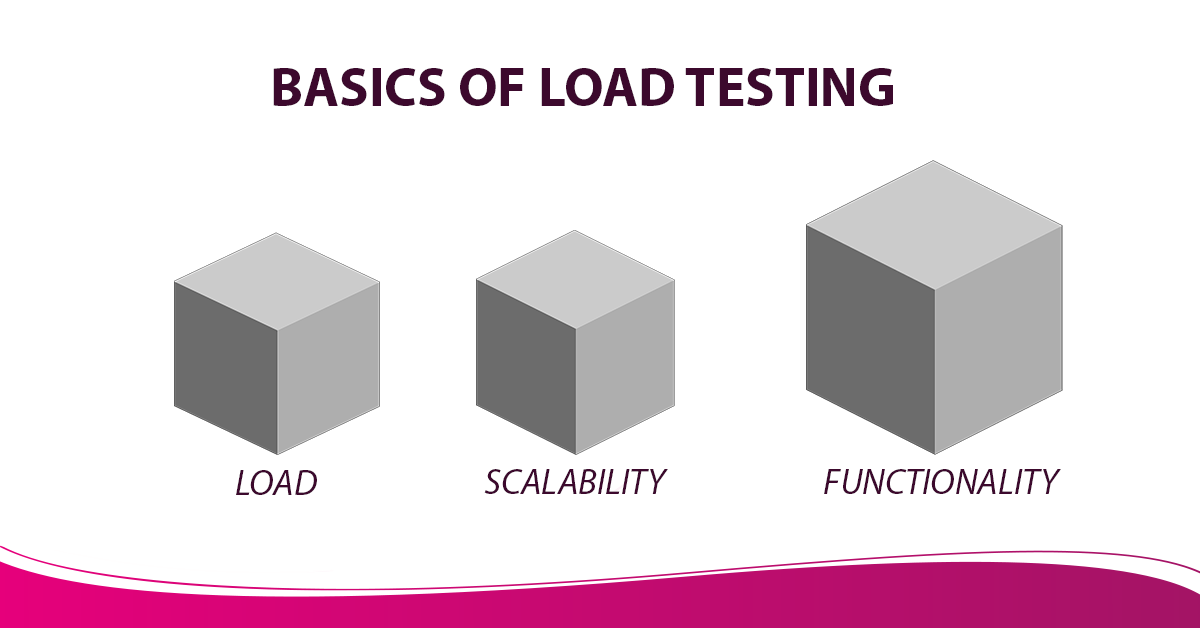We all know that software testing is divided into many types and subtypes. This includes functional testing, unit testing, security testing, etc. Also, there are rare types such as usability testing + localization testing.
But the most original type is always considered to be load testing. The main reason for this is the increased requirements for the nominal level of QA engineer’s technical knowledge who is testing software under load and its ability to scale correctly.
Further, we’ll talk about an approach to load testing and its features in detail.

Basics of Load Testing
Basics of Load Tests
If we average all definitions from the network, we’ll see that load testing is meant to simply emulate a specific load. Its main objective is to find the limit value of the performance of the tested software, above which its functioning will no longer be stable.
Let’s imagine that we have a car. We get 5 people there, a couple of bags in the trunk, start it, and try to move in a straight line. It will be much better to see what distance the car will go with such a load, how it will go on different types of road surfaces, and so on. Determining these particular things is more critical than the quality of the product or the banal search for boundary values.
Therefore, you must agree that load testing is some kind of determination of the quality of the software performance under a particular load at a certain hourly interval.
It might sound like something complicated but it’s not. Everything is simple: the task of the tester, in this case, is to determine how well the software can withstand increased loads, how it will behave under prolonged loads, what bottlenecks in functionality can be detected, and how they can be avoided.
If we continue the previous analogy with a car, it turns out that our goal is not just to load it until the car can move but to test its behavior gradually adding load under various life scenarios.
How to Become a Professional in Load Testing
Load testing is a sphere at the interface between several professions, namely traditional software testing, system management, automation, and even the basics of system design. If you’re experienced in at least one of these spheres, it will be much easier for you to delve into the peculiarities of load testing.
Sometimes, it is extremely useful to work as a system administrator for several years to develop an IT outlook and remember some technical concepts and principles. It is a basic position especially if a person doesn’t fully understand what exactly he/she wants to do in the sphere of IT technologies.
Well, as strange as it may seem, there are really a lot of approaches to quality assurance. They are so diverse that, for example, having worked in one company and achieved certain heights there, such a person will not be able to work in another company because of the different views on the same things.
Short Conclusion
Analyzing all the above, can we say that load testing is some kind of the top of the entire QA sphere? No, it isn’t. Load testing is just one of the many different branches of this sphere.
There is no fundamental difference in importance among all types of testing due to the difference in the degree of complexity during their execution. If a tester wants to perform functional testing, he studies its basics. If he wants to work with program code then he should study autotest. And if he loves numbers and computational schemes, he goes into load testing. And it can go on and on and on. QA is such an area where it is very easy to find a use for your IT preferences!










Leave A Comment